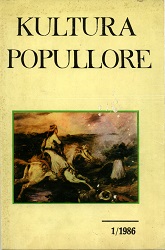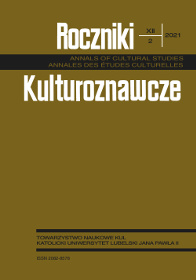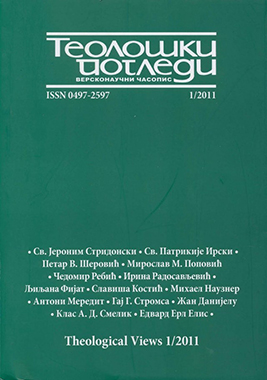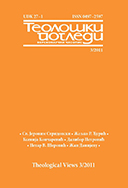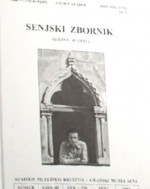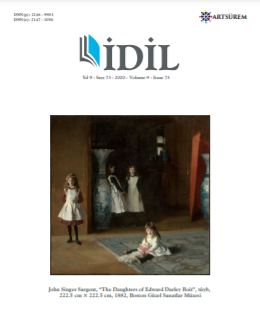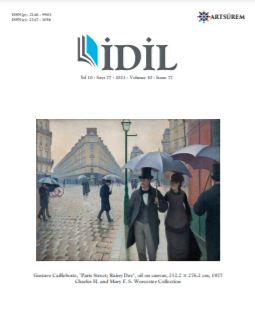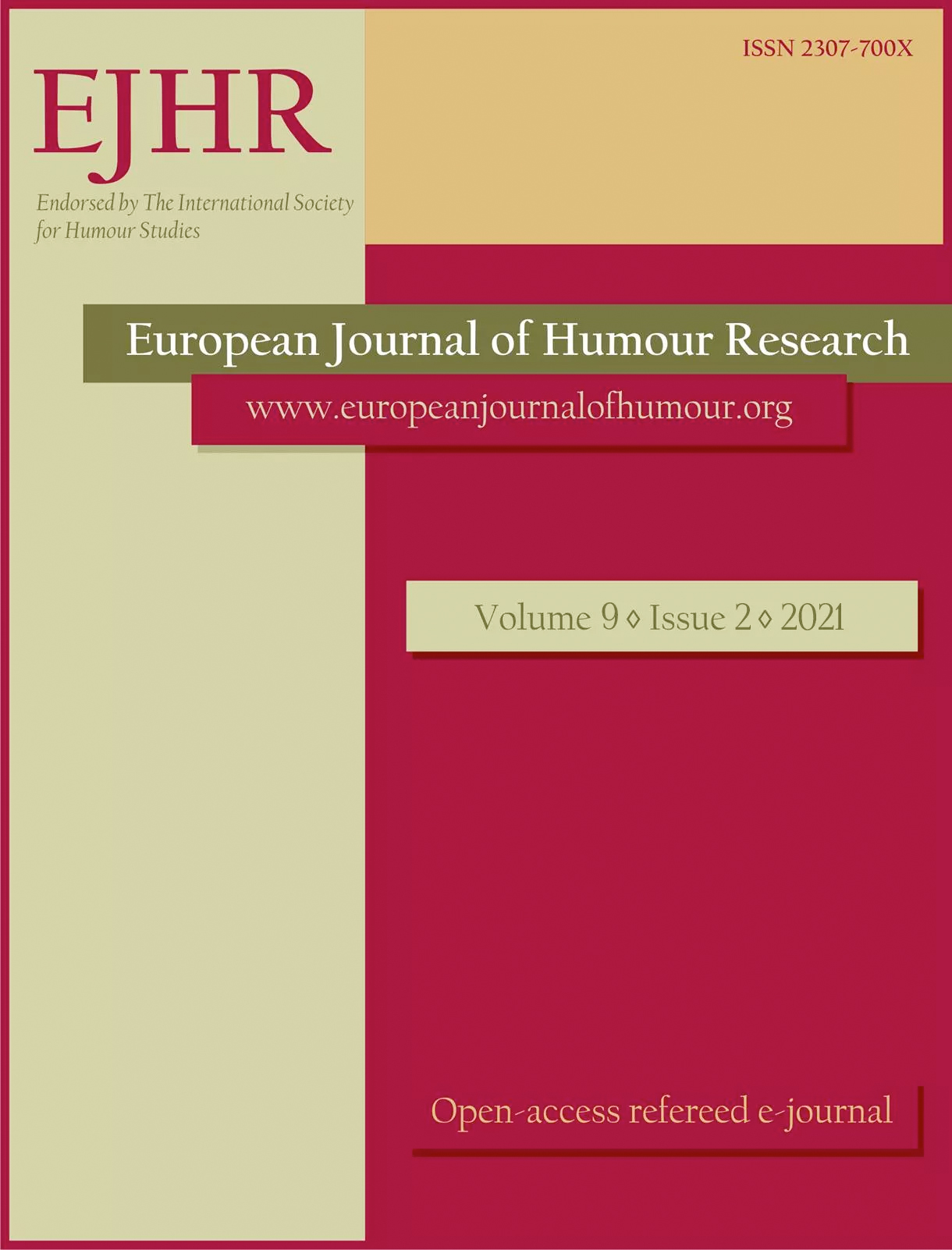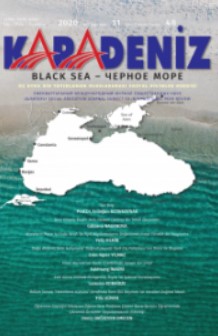Author(s): Zoran Đurović / Language(s): Greek, Ancient (to 1453),Church Slavonic,Russian,Serbian
Issue: 2/2014
ins; Catholics; Bogomils; Babuni; Novatian; Novatians; Montanists; Manichaeans; Messalians; Paulicians; Kudugers; Serbia; Nomocanon; Cosmas the Priest; Anna Comnene; Synodik; EuthSince 1995, Serbian historian and Byzantinist Miodrag M. Petrović, has started his theory that the Bogomils, Kudugers, Novatians, Babuni, which are mentioned in Byzantine and Serbian medieval sources, are in fact Latin Roman Catholics, and that the radical dualist Bogomils have never been to Serbia. Petrović bases his arguments on his original interpretation of the sources because, as far as we know, there is no source which says explicitly that Bogomils were Latins. He uses well-known mechanism of labeling, which we could also find in St. Sava’s Nomocanon where it is said that Messalians are called Bogomils – Babuni now. But, this chapter discusses the real Messalians Bogomils not the Latins as new Bogomils. Cosmas the Priest, the first Orthodox polemicist with Bogomils, as well as the St. Sava, evidences that Messalians (Bogomils) are Molabnici (Euchites). Other Byzantine sources see the Bogomilism as mixture of the Paulicians (Manichaeans) and the Messalians. Some of their main doctrines would be: there are two opposing principles, the good and the bad god; Jesus is not God by nature; eucharistic bread and wine are only symbols; they refuse (discard) icons, cross, Old Testament, priesthood... As the Bogomils were dualists, Petrović comes up with the thesis that the Latins were called Bogomils by Medievals because of their dualism as they began to profess heresy, introducing Filioque in the 8th article of the The Niceno– Constantinopolitan Creed. According to this article the Holy Spirit proceed not only from the Father but also from the Son, namely, from two principles. However, no ancient eastern polemicist with the Latins called them Bogomils. The proves of Petrović have been analyzed in the text, particularly those based on texts of St. Simeon of Thessalonica.
More...
